The world of wild cats is as intriguing as it is diverse. With a variety of species scattered across the globe, many have distinct characteristics, while some appear deceivingly similar. This article will take a closer look at these mysterious creatures, delving into the differences between wild cat species that are astonishingly alike in appearance. Understanding these subtle distinctions will not only deepen your appreciation for wildlife but also enhance your knowledge of the natural world.
The Margay Versus the Ocelot
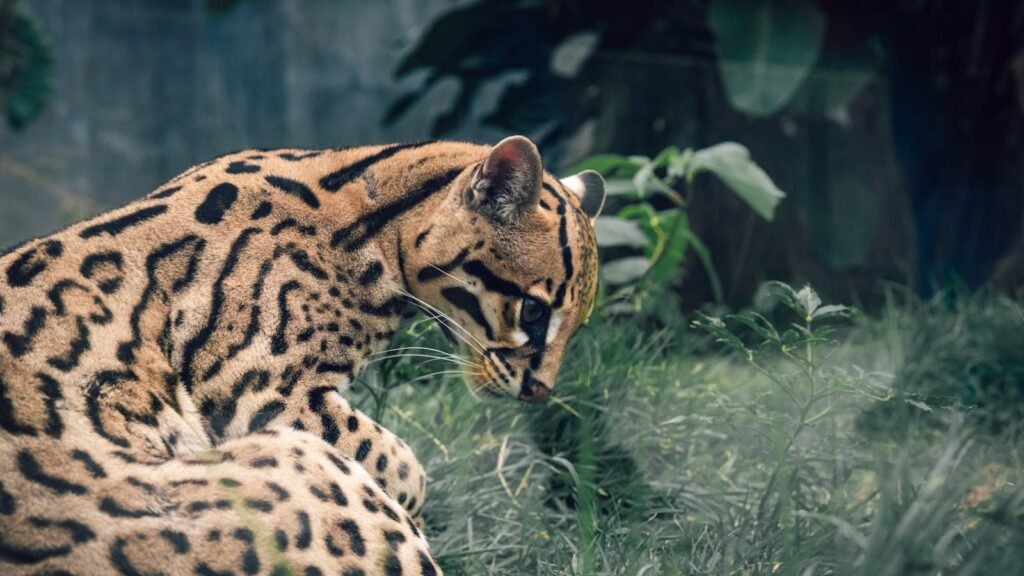
The margay and the ocelot are two small wild cats native to the rainforests of Central and South America. At first glance, their spotted coats may seem identical. However, a key difference lies in their size; the margay is smaller and more arboreal, boasting an impressive ability to rotate its ankles 180 degrees, which facilitates tree climbing. In contrast, ocelots are generally bigger and more terrestrial, spending more time on the ground.
Serval and African Golden Cat
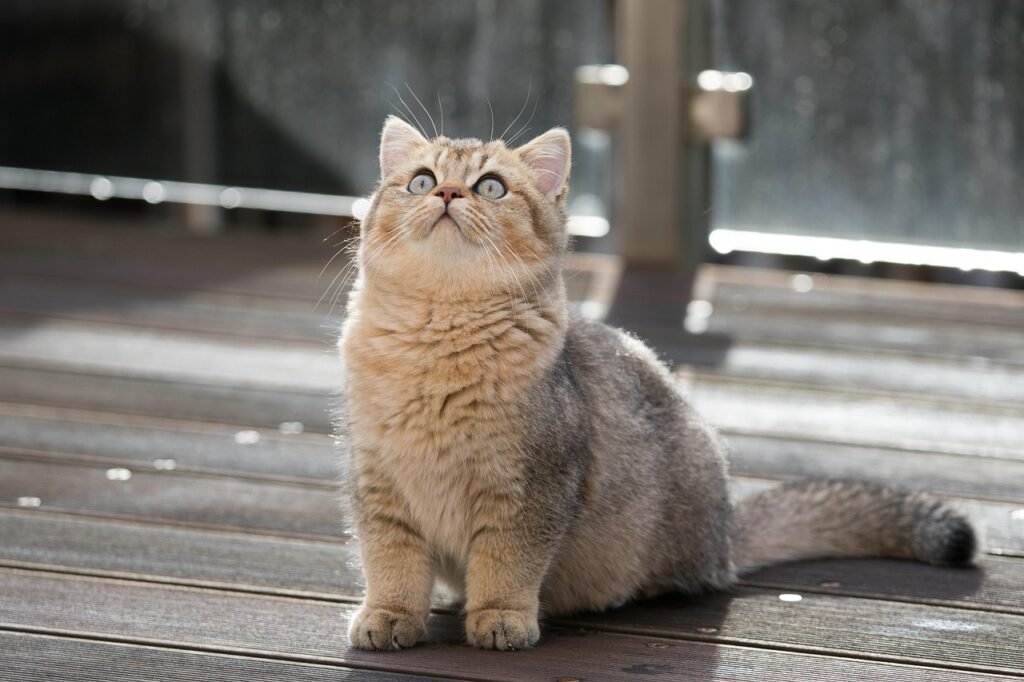
The serval and the African golden cat both inhabit regions of Africa but prefer different environments. Servals are often found in savannas and resemble an oversized housecat with distinct black spots and long legs, perfect for their grassland habitat. Meanwhile, the African golden cat, more elusive and less studied, tends to dwell in forested areas, showcasing a more uniform coat that can present in various shades from reddish-brown to gray.
The Cheetah and the Leopard

Although both spotted, the cheetah and leopard present different adaptations suitable for their lifestyle. The cheetah is built for speed, with a slender body, short muzzle, and distinctive black “tear marks” running from the eyes down the face. Leopards, on the other hand, are known for their strength and adaptability, possessing rosette-patterned spots and a more muscular frame suitable for an ambush style of hunting.
Eurasian Lynx and Canadian Lynx
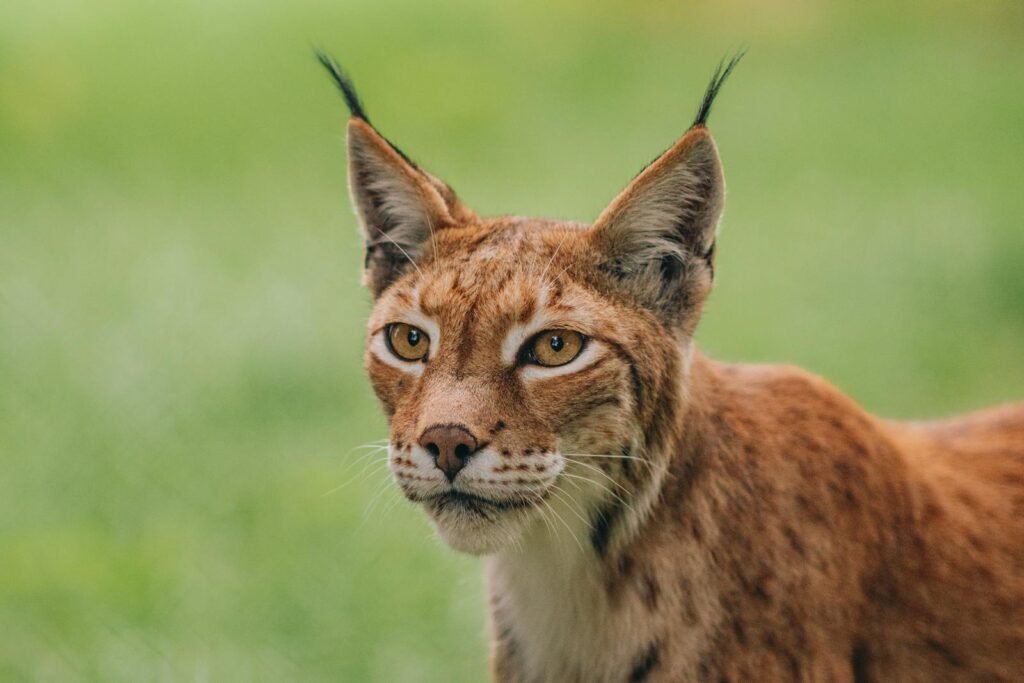
Two lynx species, the Eurasian lynx and the Canadian lynx, share similar tufted ears and thick fur, yet their habitats set them apart. The Eurasian lynx is more widespread across Europe and Asia, favoring forested areas, while the Canadian lynx is found in North America’s boreal forests. The Canadian lynx also features oversized paws adapted for traveling across snowy terrains.
The Jaguarundi and the Puma
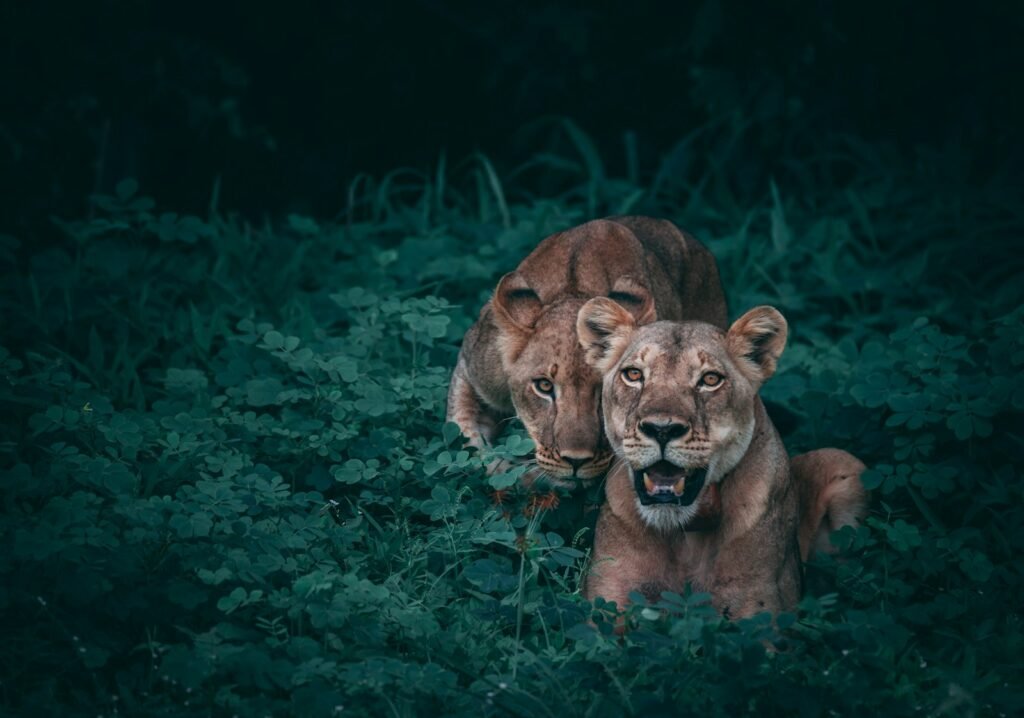
Despite their contrasting sizes, the jaguarundi and the puma share long, slender bodies and a preference for forests. The jaguarundi is a smaller, more arboreal cat, often seen hunting small prey, whereas the puma, also known as the mountain lion or cougar, is larger and capable of taking down more substantial game across various habitats in the Americas.
Clouded Leopard and the Sunda Clouded Leopard
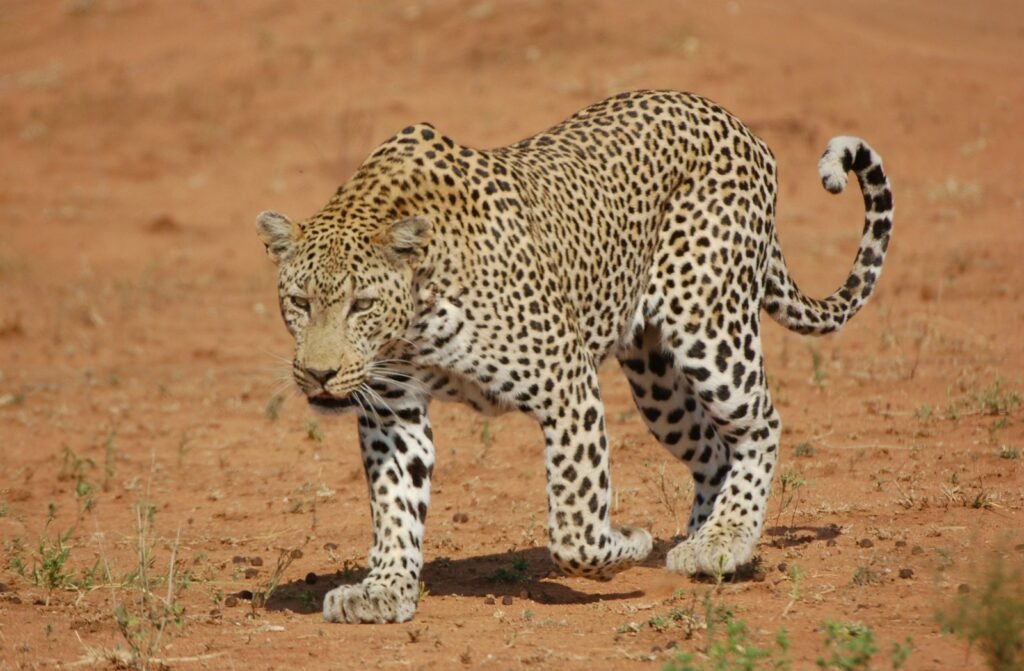
Both known for their beautiful, cloud-like patterns, the clouded leopard and the Sunda clouded leopard, despite similar appearances, inhabit different parts of Asia. The Sunda variety is typically found on the islands of Borneo and Sumatra, and it is slightly smaller with distinct genetic differences from its mainland counterpart.
Rusty-Spotted Cat and Leopard Cat
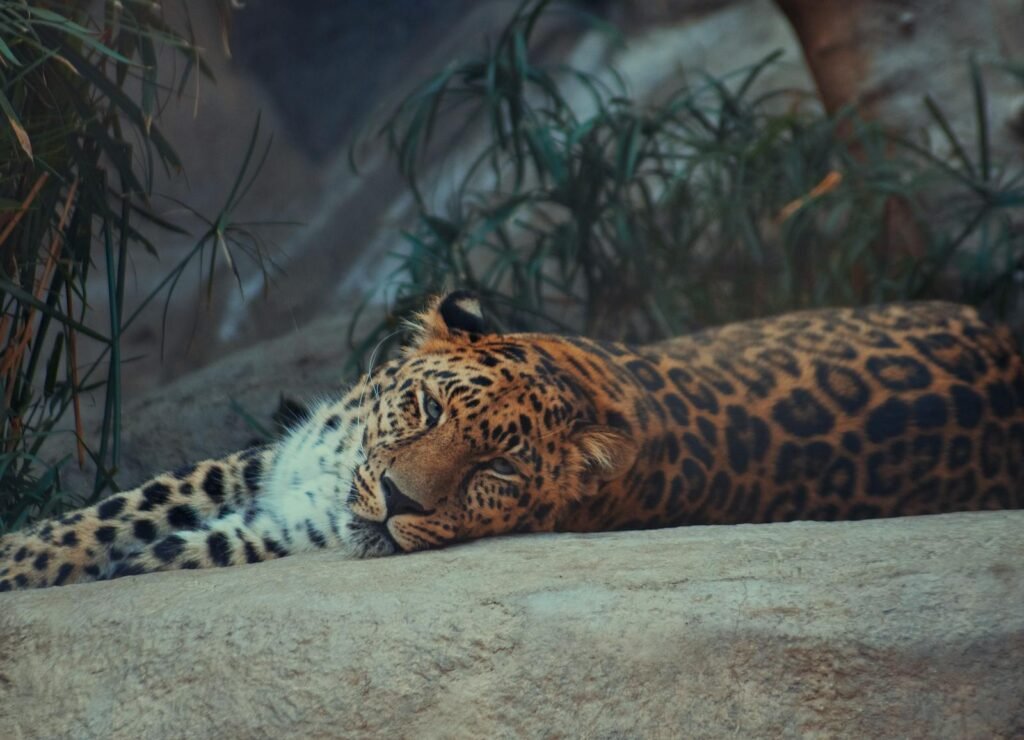
Two of the smallest wild cat species, the rusty-spotted cat and the leopard cat, inhabit regions of India and Southeast Asia. The rusty-spotted cat is notably smaller and more elusive, with a lighter, more ruddy coat. The leopard cat, meanwhile, has a more diverse coat pattern and a wider range of habitat, from forests to agricultural areas.
Conclusion
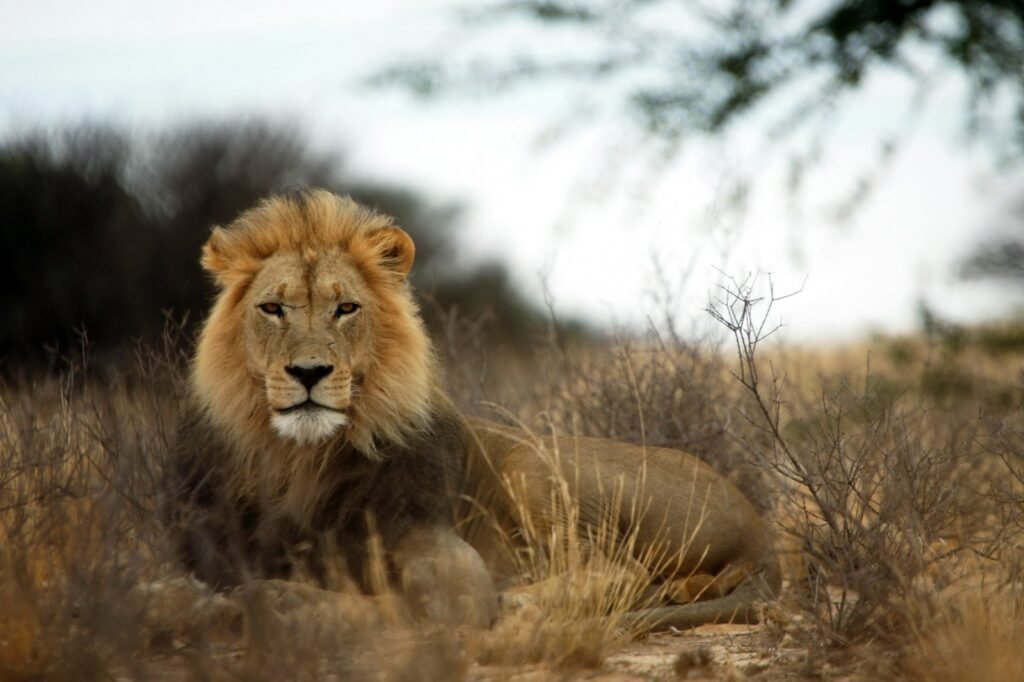
While many wild cats might look remarkably similar at a glance, subtle differences in their physical traits, behaviors, and habitats tell a broader story of adaptation and survival. Understanding these distinctions not only reveals the intricacy of nature but also emphasizes the importance of preserving diverse ecosystems that these fascinating creatures call home. These wild cats, in their uniqueness, provide insight into the complexity and wonder of the natural world.






